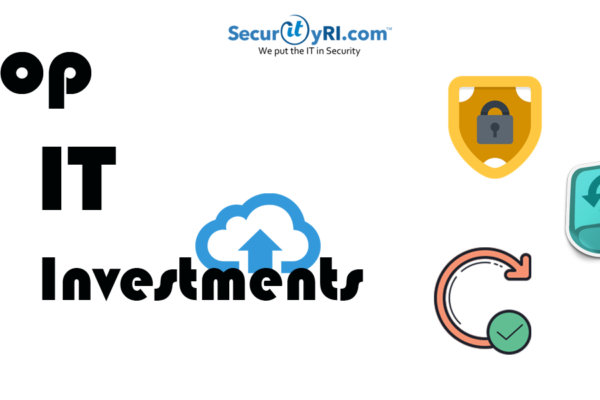2023 Technology Trends in Physical Security
The physical security industry is constantly evolving, and new technologies are always emerging. As we move into the future, it’s important to stay ahead of the exponential curve and be aware of the latest trends. Here are some of the top technology trends in physical security that you should keep an eye on in 2023.
The rise of facial recognition technology

2023 technology trends in physical security are set to revolutionize the industry with advancements such as facial recognition technology. This biometric tool uses artificial intelligence to identify people’s faces and cross-reference them with databases, giving it a plethora of applications like enhanced access control, employee attendance tracking, and improved security.
With facial recognition quickly becoming mainstream, its use within physical security is providing businesses and buildings with additional layers of protection while seamlessly integrating into existing systems.
More sophisticated video surveillance systems

With the majority of the world engaging in enhanced digitized activities, a need for more sophisticated surveillance systems has arisen. This need is being met with a new generation of ai surveillance systems that are more intelligent and intuitive than ever. These “smart cameras” are capable of face recognition, motion tracking, and intrusion detection – making them a vital tool for security teams to analyze areas in real time and with safe accuracy. Through a simple interface or a connected app(s), these systems can be monitored quickly and efficiently to identify adversaries or suspicious activity. Here are SecurityRI, we embrace the new technology of ai surveillance cameras, which help our security and patrol officers better understand and act upon security threats and trends.
Wireless security systems
Wireless security systems are transforming how we protect our physical assets. By eliminating the need for messy wiring installations, wireless security systems are an efficient and cost-effective method of securing premises. They offer the same detection capabilities as their wired counterparts but with greater flexibility. New wireless technology comes with advanced sensors, intuitive data analysis, and better tamper resistance to ensure that your facility is safe and secure at all times. As wireless security evolves, organizations now have access to smart solutions tailored to their specific needs that ensure a safe and smooth experience for everyone. We do utilize this technology at certain construction locations, where wiring may be too difficult or not cost-effective. We’re still a fan of the wire redundancy although do embrace wireless as mentioned above. In some cases, we’re able to use solar integrated with wireless technology.
Business automation systems
Business automation systems have become increasingly popular as they are able to enable companies to optimize their operational effectiveness, reduce costs and increase security significantly.
Smart technology trends in physical security are ideal for leveraging the most modern automated solutions, allowing businesses to take advantage of the latest advancements in artificial intelligence and machine learning. Automation solutions can help facilitate quick and effective decision-making, allowing decisions to be made that consider all factors associated with a given task. Businesses also enjoy cost advantages when they use automation systems due to reductions in labor expenses and manual work. With these smart technology trends, companies can benefit from improved accuracy and reduced potential for errors when working with their operations.
Biometric security systems
Businesses are increasingly turning to biometric security systems. Due to the superior accuracy and robustness they offer.
Powered by a variety of advanced technologies, such as:
- facial recognition (listed above)
- fingerprint identification
- voice biometrics
These cutting edge solutions enable organizations to secure their premises or data with unparalleled precision. By replacing traditional password authentication methods with this reliable form of user verification businesses can guarantee that their confidential digital assets remain safe from intrusion attempts in an ever-evolving threat landscape.
As you can see, there are many new and exciting trends in the physical security smart technology world. SecurityRI is always at the forefront of new technology and we can offer our clients the most up-to-date and effective security solutions. If you would like additional information on how SecurityRI can assist you, please contact us today for a free security assessment!





 Its extremely important that companies follow the basic data security needs. It doesn’t take a genius to realize that there remains a disconnect between the realities of the breach threat and the practicalities of defending against it. Businesses must understand the risks, and how to best protect themselves and their clients against a potential breach.
Its extremely important that companies follow the basic data security needs. It doesn’t take a genius to realize that there remains a disconnect between the realities of the breach threat and the practicalities of defending against it. Businesses must understand the risks, and how to best protect themselves and their clients against a potential breach.
